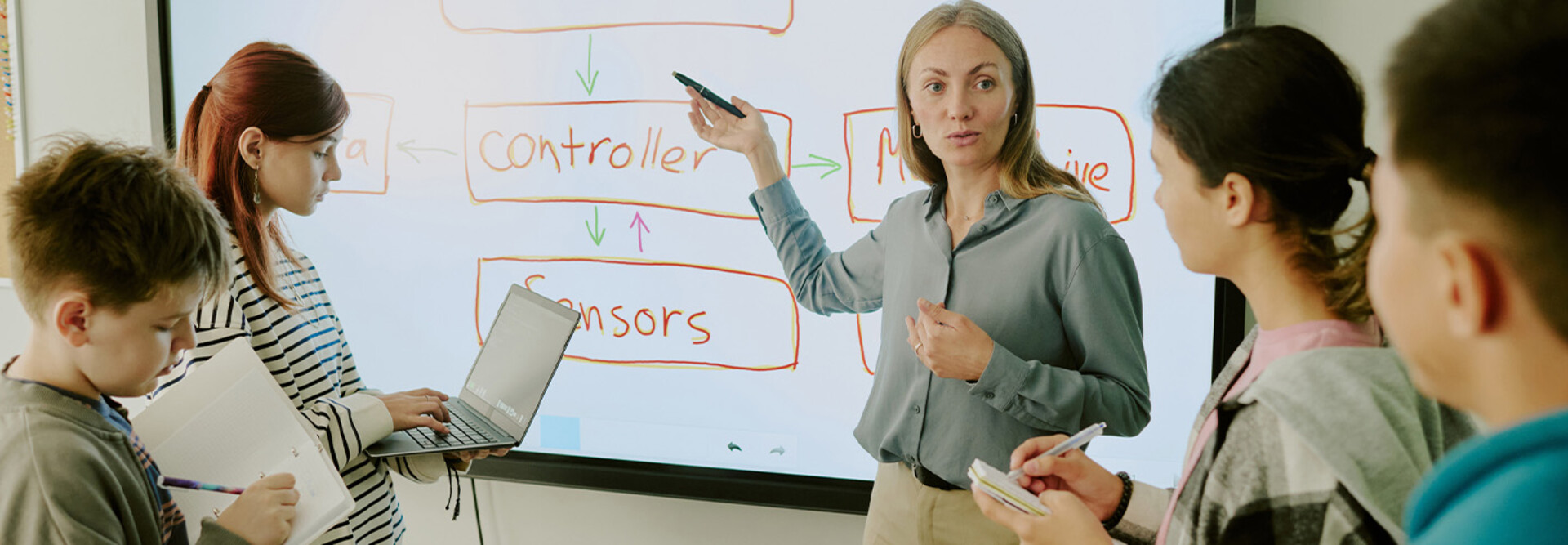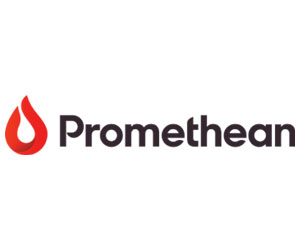When collaborative and cooperative learning are blended effectively, students engage more deeply, build confidence, cultivate inclusivity and develop skills that last beyond the classroom.
“The best classroom environments foster a combination of collaborative and cooperative learning, but that’s a really difficult thing to do,” says Michael Strand, global chief revenue officer at Promethean. “Facilitating collaborative learning is easier because you can give a quiz or play a game, but balancing the spirit of cooperative learning with it is harder.”
Thankfully, technology tools are making it easier for teachers to incorporate both modes into their classrooms.
Collaborative Learning Builds Independence
When teachers design collaborative learning experiences, students progress personally while working collectively toward a common goal. With collaborative activities, students organize their efforts and source materials among themselves to complete the activity. Success depends on their individual strengths.
“Collaborative learning depends on and encourages individual progress within the group,” Strand says.
DIG DEEPER: One Texas school district’s approach to ed tech professional development.
In classrooms with Promethean interactive whiteboards, the ActivPanel is designed to enable students to take ownership of their own learning when working on laptops or devices, Strand says. When students locate sources or content on their individual devices, they can easily share that content with the larger group. The tool also includes a split screen that allows teachers to flip between sources.
“It’s not just about the front of the classroom; we also want to make it easy for students to source and share materials,” Strand says.
Click the banner below for insights into how AI is modernizing classrooms.













